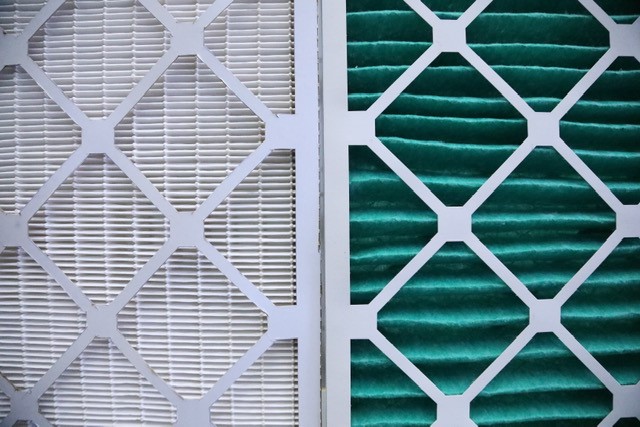Midway through pilot, tests of new filters and UV light on BART show promise

By MELISSA JORDAN
BART Senior Web Producer
BART is about midway through a pilot that is testing new, denser air filters and UV light to create even safer ventilation on trains, as the region rebounds from the pandemic and ridership ticks up. BART cars already have air that is very well filtered; an entire train car’s air is replaced about every 70 seconds.
“Based on everything we’ve seen so far, it’s looking very promising,” said Ben Holland, BART Manager of Vehicle Systems Engineering.
Crews removed some of the new filters and spot-checked them for clogging. Denser filters trap more particles, up to a point; if they’re too dense, they can become clogged and overload the train’s operating systems. Now, Holland said, the filters are being sent out for a more scientific analysis of the amount of air pressure drop they allow.
Air filtration has an important role in preventing transmission, along with vigilant mask-wearing.
Filters are rated by their ability to block different-sized particles, a rating known as their minimum efficiency reporting value, or MERV, on a scale from 1 to 20. BART cars currently use MERV-8 filters, which can trap particles between 3 and 10 microns in size.
“The pilot uses MERV-14s, which can capture particles between .3 and 1 microns, which is obviously a huge improvement,” Holland said. The filters weren’t notably more clogged, however, and on-board tests showed good airflow. (For comparison, a human hair is about 75 microns across.)
More good news came from testing of ultraviolet (UV-C) light rods that can zap particles. The concern was that the train’s motion could jostle around the rods, which are housed in the HVAC unit under the cars. So far, there’s no sign of that.
“We put it over a pit, looked at the inside, and it was working just perfectly,” he said. “The UV light comes on when it’s supposed to. The safety features that are in place are working well.”
If the good progress continues, both of these features could become standard on BART train cars in the future. While these tests continue, riders should know the air is being filtered before entering the passenger area on board all trains. The system is more effective than that in the typical office or indoor setting like a grocery store or pharmacy, with an entire train car’s air being replaced about every 70 seconds.